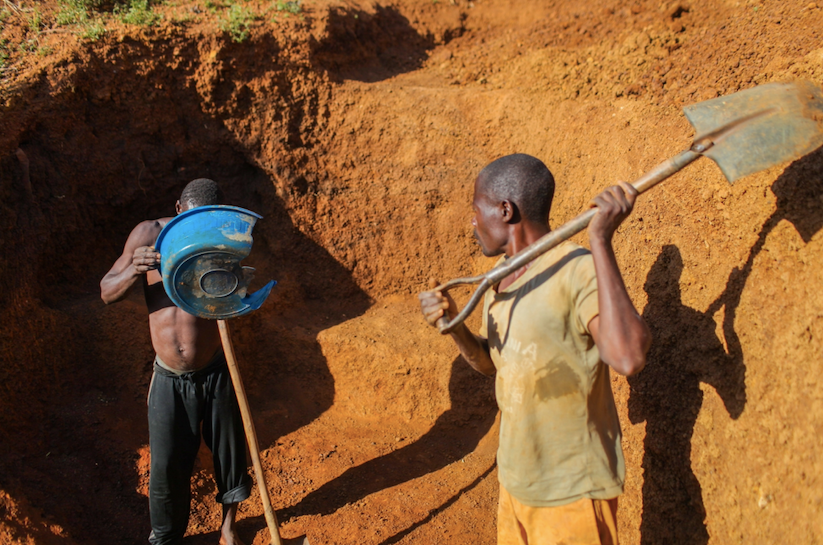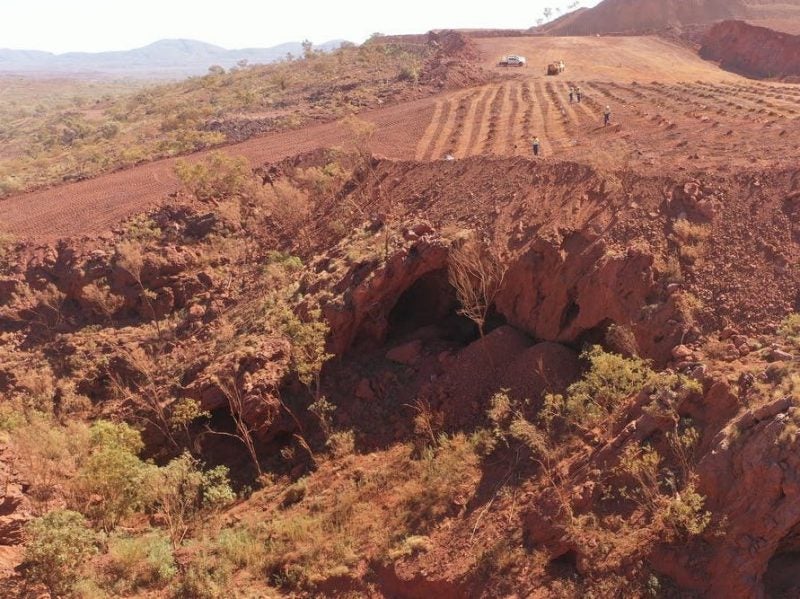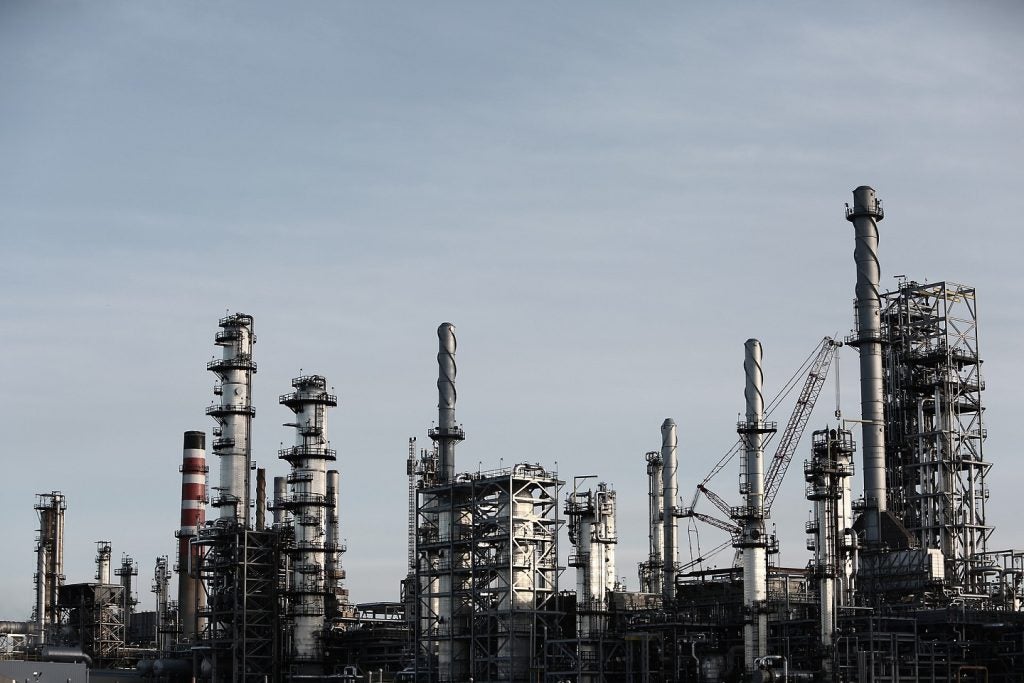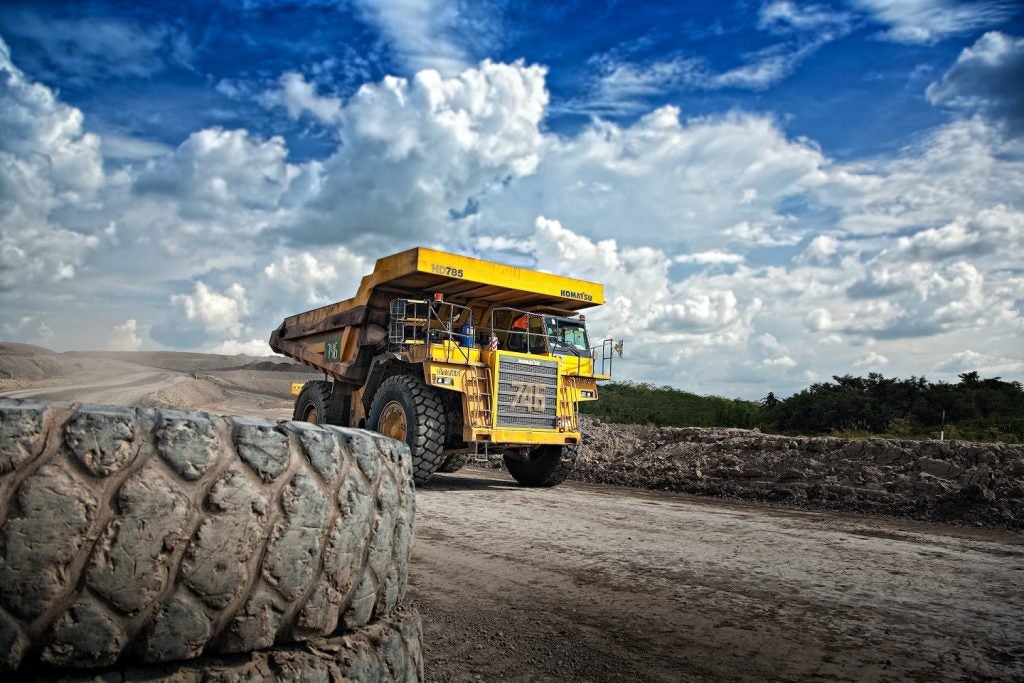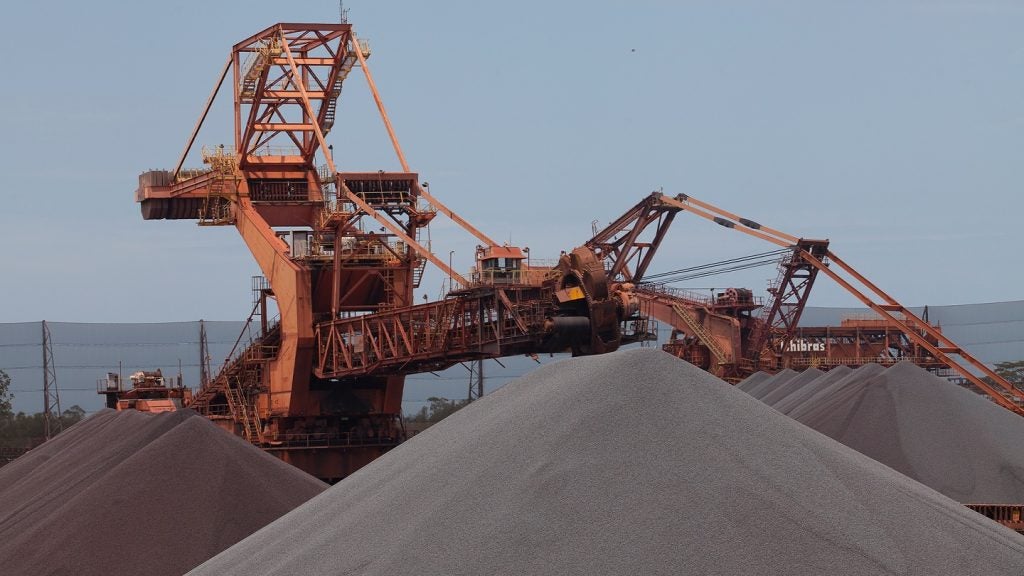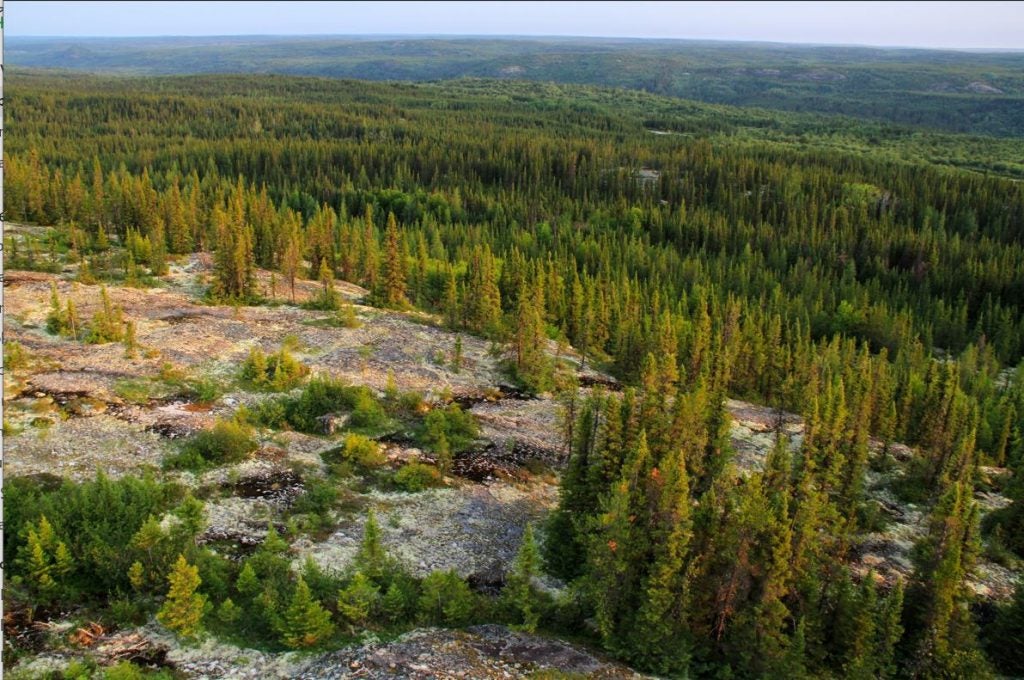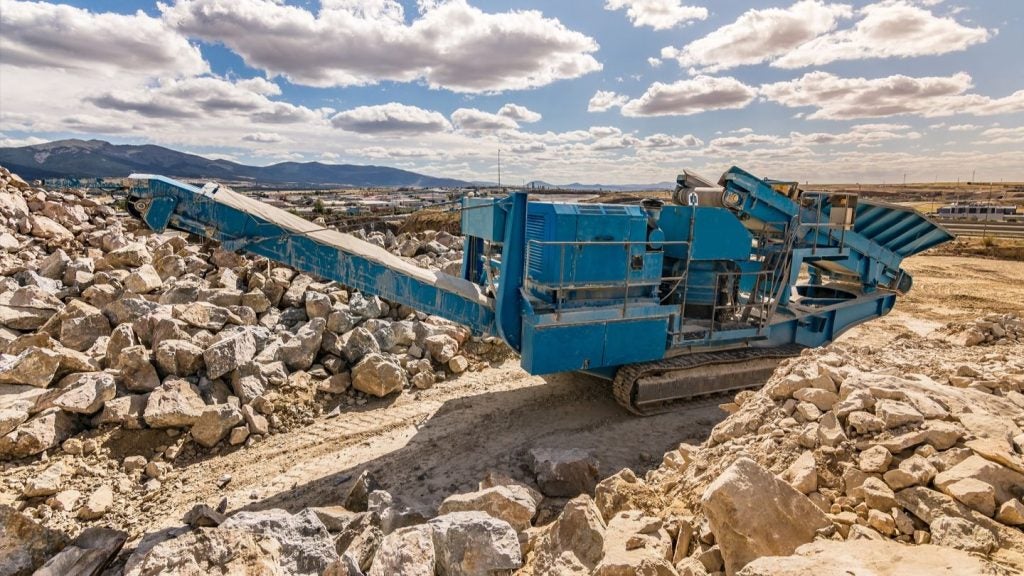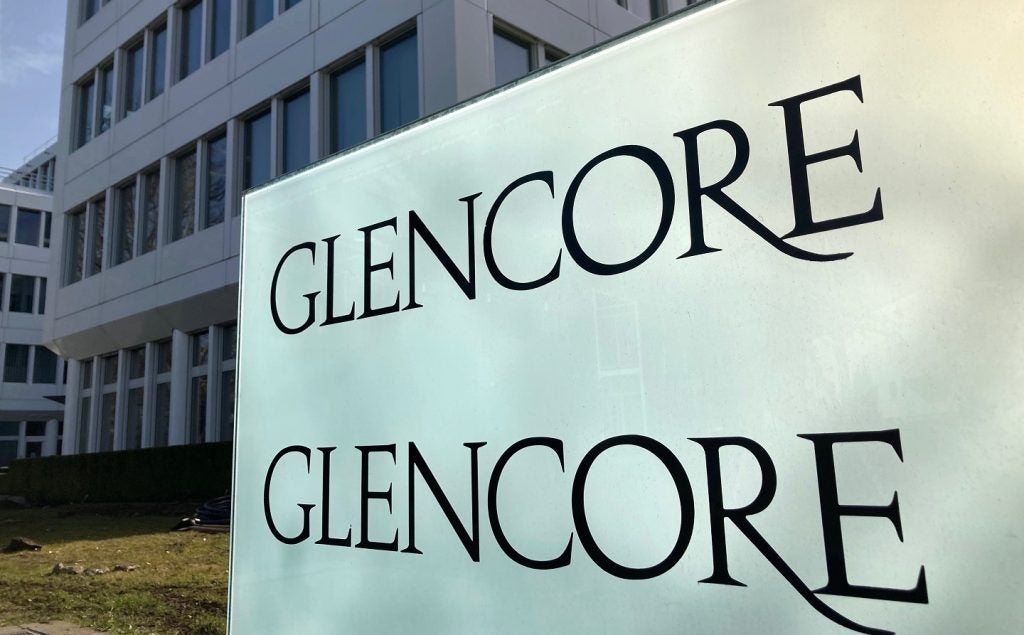In the village of Rosh Pinah, southern Namibia, 30 children carried lead in their blood. A report on these 30 children detailed chronic lead exposure relating to a nearby mine, but for three years, this report remained out of the public eye.
Kurt Dausab, a former doctor at the mine, told the media that in-house doctor Johan Truter confirmed lead exposure in the village. He recommended that the company, Trevali Mining Corp, inform the Ministry of Health and Social Services. He was then terminated from the job.
Dausab, a doctor at the mine from 2002 to 2017, said the problem of lead exposure did not start recently and alleged the company has been hiding it.
Dausab, who was also asked to conduct an assessment during his job term, tested 10 children. Of these, a one-year-old baby showed a blood-lead concentration as high as 25 micrograms per decilitre, whereas the level should not exceed 5 micrograms per decilitre, the doctor told the national daily, The Namibian.
In July this year, the allegations came to light. Trevali, previously known as Rosh Pinah Zinc Mine, is a Canadian mining company mining lead and zinc in the US and Africa. Its largest shareholder is Swiss giant Glencore, which holds 25% of the company.
Trevali denies the allegations of a cover-up. The company’s vice president of operations Sheron Kaviua said in a statement: “As this matter remains the subject of both external and internal investigations, we will address any substantiated findings forthwith to safeguard the health and well-being of our employees and affected communities.
“[Trevali] will continue to enhance its existing lead management programme which serves to substantially reduce exposure to lead concentrate – not only with its employees, but also communities, which may be affected by its mining operations.”
Unfortunately, lead is a legacy left by many mining companies operating in Africa.
The story repeats across countries
A hundred kilometres north of Zambia’s capital city Lusaka, Kabwe is the most toxic town in the world. In a once-thriving town of 220,000 people, mass lead poisoning has almost certainly damaged the brains and other organs of its people, especially children. A century of lead mining and smelting has left behind a poisonous trail everywhere.
Exposure to lead affects virtually every system in the body. In young children, it causes of particular concern because children absorb lead more readily than adults. In high intensities, such as in close proximity to a mine, lead can cause brain damage, paralysis, kidney failure, affect the reproductive systems and hinder the growth and intelligence.
“Having been to probably 20 toxic hotspots throughout the world, and seeing mercury, chromium and many contaminated lead sites, [I can say] the scale in Kabwe is unprecedented,” Jack Caravanos, an environmental health professor at New York University told The Guardian.
Particles in fumes from the mine’s processing facility have settled in the soil, contaminating it with extremely high levels of lead. Lead, a neurotoxin was shown to be present in excess levels in the bloodstream of over 246 children of Kabwe in 2017. A vast majority of them showed levels over 45 micrograms per decilitre, which can cause brain, liver and hearing damage. Eight had over 150 micrograms of lead per decilitre of blood, at which point death is almost certain.
In January 2023, a group of 140,000 women and children from Kabwe brought a class action suit against the mining giant Anglo American South Africa, demanding compensation for over a century of lead pollution from the mining facility.
Poisoning Africa
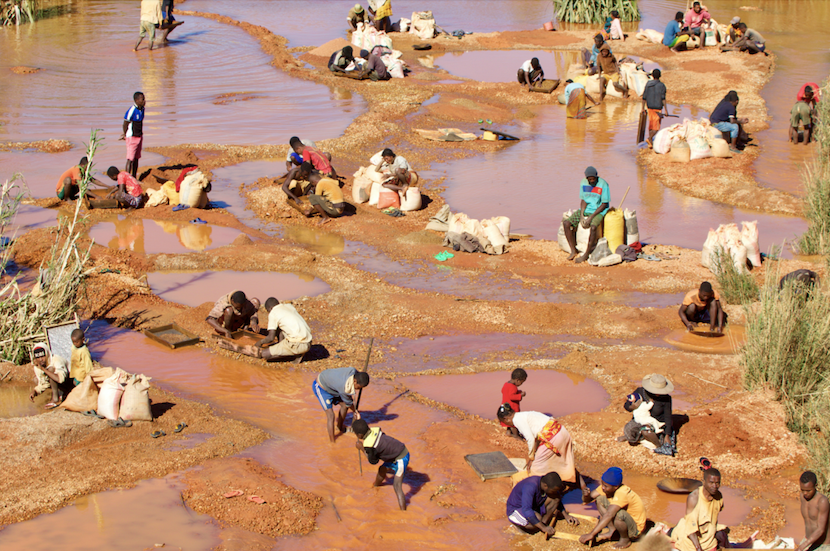
While lead exposure continues to claim lives in Namibia and Zambia, mercury plagues the gold-diggers and artisanal miners of Ghana, Kenya, Nigeria, Democratic Republic of the Congo, Tanzania and Zimbabwe. At room temperature, mercury is a liquid, shiny metal that degrades the nervous system. Long-term exposure to the metal results in disabilities, and in cases of extreme exposure, mercury causes death. Yet, its largest use is in the small-scale gold mining industry.
In Ghana alone, the rise of artisanal and small-scale mining employs at least one million people, supporting close to 4.5 million more people, as per estimates from 2016. When compared with the 300,000 people employed by 15 multinational gold companies in the country, the scale of illegal and lethal mining practices becomes explicit. Often a result of extreme poverty, it however persists.
In 2017, Human Rights Watch documented how children employed in the informal mining sector of Tanzania, unaware of the dangers of the metal, mix mercury into gold ore with their bare hands. They then create an amalgam of the metals and burn it over an open flame to extract the gold.
Toxins are all pervasive
Carried in the air, burnt particles of amalgam catch onto leaves and fruits, only to get washed down to the ground with rain. The effects are so far-reaching that the food chains of wild birds have then been affected.
Mercury takes a more dangerous turn in the aquatic ecosystem, where microorganisms in water bodies change it into methylmercury. This builds up in fish and shellfish, accumulating and concentrating further up the food web. Ultimately, humans eat the largest and most poisoned animals, poisoning themselves as a result.
As gold makes its way across the globe, so does mercury, with small-scale unregulated mining being the single largest source of mercury pollution. A recent study revealed that 71.7% of miners at artisanal gold mining sites in Cameroon showed mercury levels at concentrations above the limit recommended by the World Health Organization (WHO).
One may ask if there is a safe level of exposure to mercury and lead. The short answer is, no. Yet, the pervasiveness of these toxins in the environment has made them inevitable in the human body through air, water and soil. The question remains: who can be held accountable?
Raising voice against the mining giants and governments
The problem of accountability begins with the lack of data and reportage. While research studies take samples from affected groups in a small region, it cannot cover the scale and magnitude of this widespread phenomenon.
Another issue is the lack of monitoring and disclosure by companies themselves, as seen in the case of Trevali Mining’s lead poisoning case in Namibia.
The fight against global toxic pollutants and polluters is setting new precedents in both policy and practice. In that sense, Zambia is at the forefront in giving legal liability to mining company Anglo-American for more than a century of lead poisoning in Kabwe.
In arguments presented to the court, claimants from Zambia examined studies from as far back as the year 1893 to produce a comprehensive report documenting lead poisoning in the community. The death of eight children in 1971 again led to various studies in the region that pointed to poisoning from the toxins.
“Anglo knew of these dangers or, at best, turned a blind eye to them. Children were already falling ill and dying of lead poisoning, and a high proportion of them were suffering from massive blood lead levels while it exercised control over the mine,” said Gilbert Marcus, a lawyer representing victims in the South Gauteng High Court in Johannesburg.
Corruption, poor legislation and lack of monitoring enable illegal mining across countries and expose residents to harm. In Ghana for instance, mercury is a controlled substance that can only be bought from licenced dealers. However, an assessment in 2018 revealed that Ghana imported only 11 tonnes of mercury per year on average, whereas at least 45 tonnes was being used in extraction.
Despite being signatories to the Minamata Convention that calls for safer handling and phasing out of mercury, it continues to be a killing force in African countries. Safer methods of handling the substance exist, but remain underused due to their comparative complexity.
The demand for precious metals is rising, but mining companies can become a part of the solution. As environmental litigation increases worldwide, it is in interest of all governments as well as companies themselves to make reporting and monitoring an annual mandatory task. Not only does this help governments assess risks, but it also provides necessary infrastructure to support people whose occupation comes at the cost of life.


